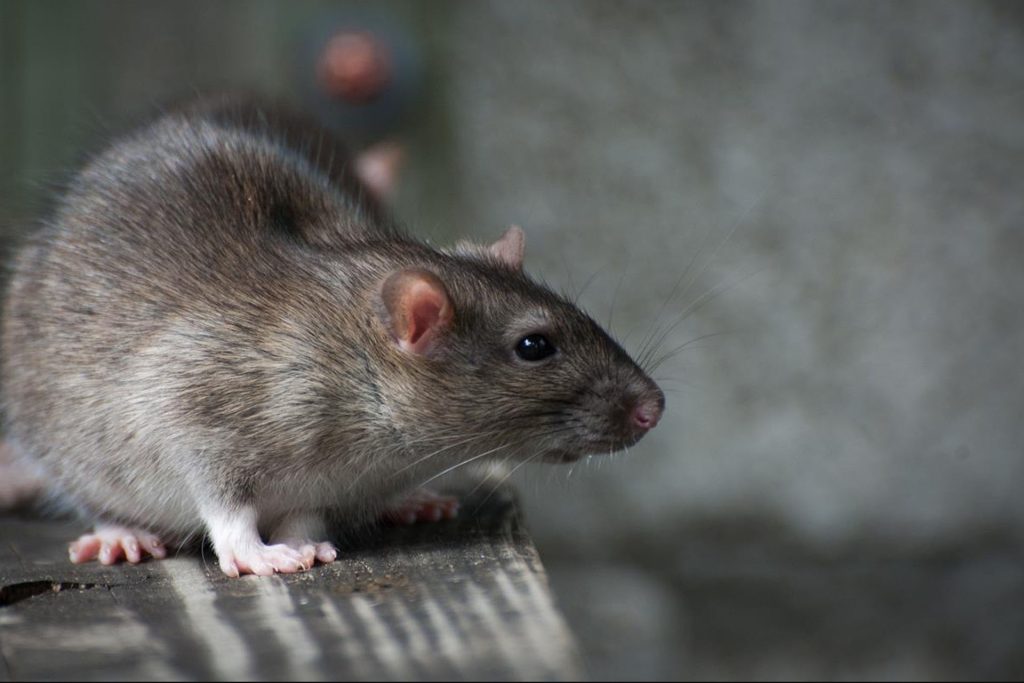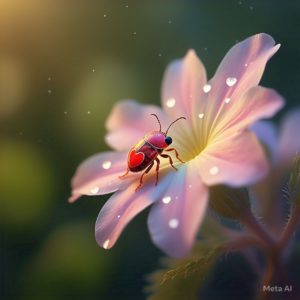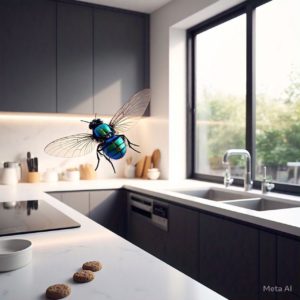The word “rodent” comes from the Latin word “rodere”, which means “to gnaw”. This word is fitting since all rodents (which are 40% of all mammal species!) are characterised by large front teeth (incisors) that do not stop growing. This continuous growth forces them to constantly gnaw objects in the hope of grinding down their teeth.
Rodents are found in vast numbers on all continents, except Antarctica. They are the most diverse mammalian group and live in a variety of different habitats (i.e. forest, deserts) and are most common in human-made environments (i.e. houses, food storage rooms, stables, gardens).
How do rodents impact humans?
Rodents use their sharp incisors (teeth) to gnaw food, create burrows and to defend themselves. Most feed on seeds or other plant material, but some have more varied diets. They are social animals and therefore share food in their society, which is why rodent baits are successful products to use for rodent management.
Rodent impacts include food damage, food contamination and structural damage. Certain rodent species carry multiple diseases, i.e. the plague, murine typhus, scrub typhus, rat-bite fever and Lassa fever. There are three main species of rodents that are regarded as pests in South Africa: the black rat, the Norway rat (or brown rat) and the house mouse.
How do you know if you have a rodent infestation?
Rats and mice are most active during night-time so it is generally easier to look for signs of an infestation rather than the animal itself (especially if you suspect an infestation at work,rather than at your home where you will easily hear them at night).
Signs of rodents include: rodent droppings (be sure to not confuse these with cockroach droppings, which are much smaller and more slender than rodent droppings), grease/ dirt rub marks along walls (because rodents have poor eyesight, they use ready-made pathways along skirting boards and walls), biting marks, nests and burrows.





